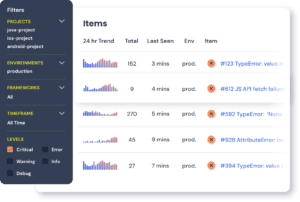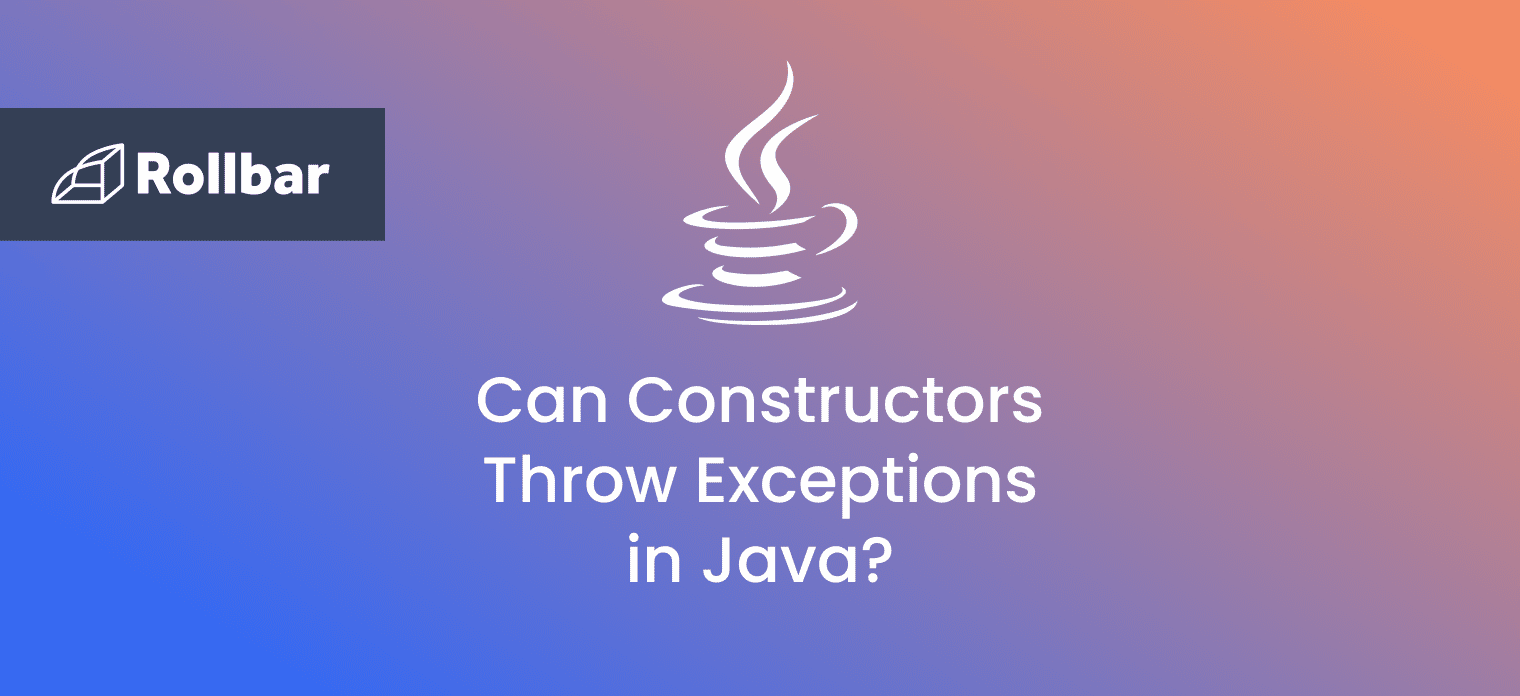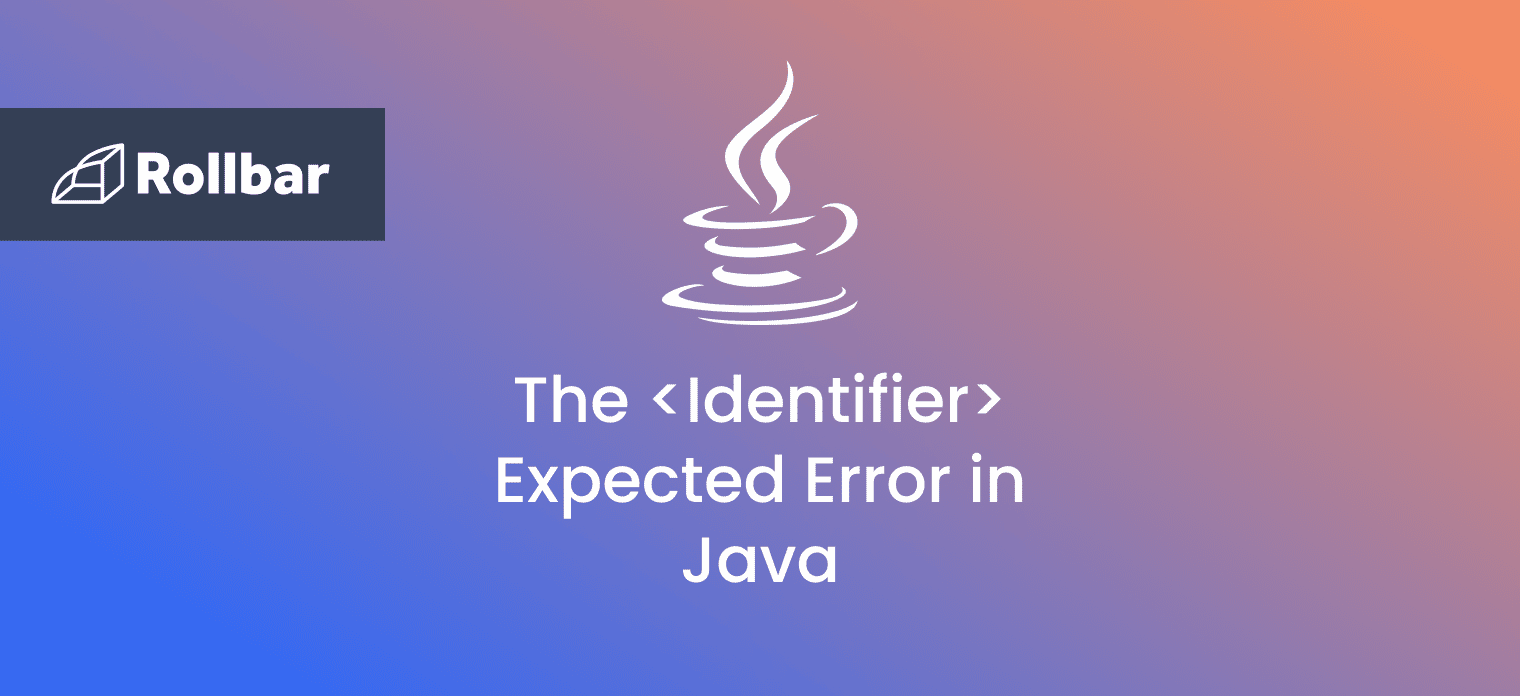The NegativeArraySizeException is a runtime exception in Java that occurs when an application attempts to create an array with a negative size.
Since the NegativeArraySizeException is an unchecked exception, it does not need to be declared in the throws clause of a method or constructor.
What Causes NegativeArraySizeException in Java
The NegativeArraySizeException occurs when an attempt is made to assign a negative size to an array. Here's an example:
public class NegativeArraySizeExceptionExample {
public static void main(String[] args) {
int[] array = new int[-5];
System.out.println("Array length: " + array.length);
}
}Running the above code throws the following exception:
Exception in thread "main" java.lang.NegativeArraySizeException: -5
at NegativeArraySizeExceptionExample.main(NegativeArraySizeExceptionExample.java:3)
How to Handle NegativeArraySizeException in Java
The NegativeArraySizeException can be handled in code using the following steps:
- Surround the piece of code that can throw an
NegativeArraySizeExceptionin atry-catchblock. - Catch the
NegativeArraySizeExceptionin thecatchclause. - Take further action as necessary for handling the exception and making sure the program execution does not stop.
Here's an example of how to handle it in code:
public class NegativeArraySizeExceptionExample {
public static void main(String[] args) {
try {
int[] array = new int[-5];
} catch (NegativeArraySizeException nase) {
nase.printStackTrace();
//handle the exception
}
System.out.println("Continuing execution...");
}
}In the above example, the lines that throw the NegativeArraySizeException are placed within a try-catch block. The NegativeArraySizeException is caught in the catch clause and its stack trace is printed to the console. Any code that comes after the try-catch block continues its execution normally.
Running the above code produces the following output:
java.lang.NegativeArraySizeException: -5
at NegativeArraySizeExceptionExample.main(NegativeArraySizeExceptionExample.java:4)
Continuing execution...
How to Avoid NegativeArraySizeException in Java
Since the NegativeArraySizeException occurs when an array is created with a negative size, assigning a positive size to the array can help avoid the exception. Applying this to the earlier example helps fix the issue:
public class NegativeArraySizeExceptionExample {
public static void main(String[] args) {
int[] array = new int[5];
System.out.println("Array length: " + array.length);
}
}The array is initialized with a size of 5, which is a positive number. Running the above code produces the correct output as expected:
Array length: 5
Track, Analyze and Manage Errors With Rollbar

Managing errors and exceptions in your code is challenging. It can make deploying production code an unnerving experience. Being able to track, analyze, and manage errors in real-time can help you to proceed with more confidence. Rollbar automates error monitoring and triaging, making fixing Java errors easier than ever. Sign Up Today!






